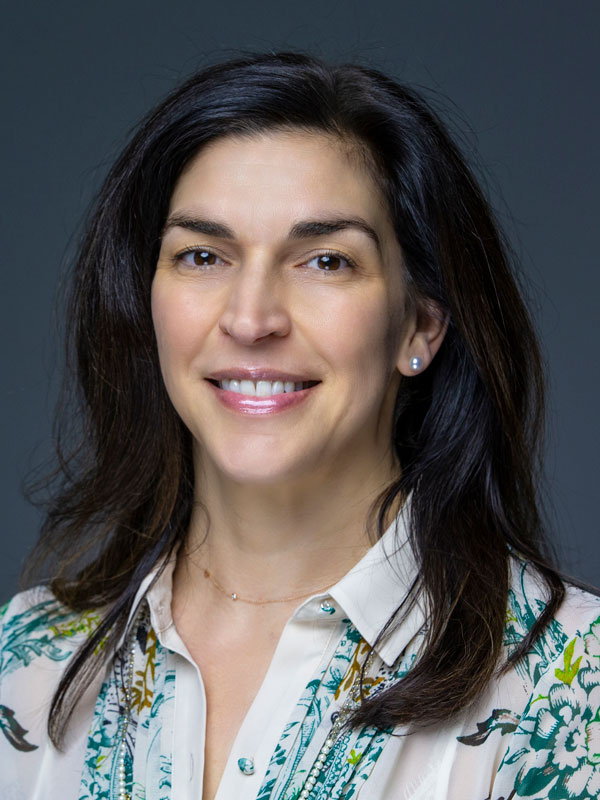
Paula Fitzpatrick ’98, a former student of the Department of Ocean Engineering at Texas A&M University at Galveston, is now vice president of growth and development for Conventional Energy Americas at Wood, a global leader in consulting and engineering across energy and the built environment.
Fitzpatrick originally planned to study business administration. However, her aptitude and interest for mathematics piqued the dean of engineering’s interest, and he persuaded her to join the close-knit community of aspiring ocean engineers by the sea.
“There were many times I went to the beach with my textbooks to study,” she said. “During the summers, I was able to work with some of my professors on beach erosion studies and really connect with my friends in the marine biology program and talk about how engineering and marine biology are complementary in a lot of ways. I felt like it brought a lot of added value to be on the ocean while studying ocean engineering.”
Fitzpatrick enjoyed the intimate size of the program, which allowed her to work closely with professors and dig into the material details while working through complex problems. In addition, industry experts presented to classes and consulted the students on their senior capstone projects, providing students with real-world insight and helping establish professional contacts prior to graduation.
From studying at the water’s edge to making waves, Fitzpatrick now helps Wood clients run the full lifecycle of a project – from consultation to execution. This includes asset optimization and vibration and noise studies. Wood also works with clients on hydrogen and carbon capture projects and operates assets like offshore platforms.
“We work with many of the major oil and gas businesses that you're familiar with,” she said. “We do a lot of subsea work globally, but especially in the Gulf of Mexico, where my remit is.”
She started for the company as a pipeline engineer, then moved to work in capital offshore projects (offshore platforms, floating systems, etc.) before transitioning to business development about 18 months ago.
“What excites me most about my position is working with our clients, especially in the market we are in now,” Fitzpatrick said. “It's not just that conventional energy space. Many of our clients are adapting to this new green energy world and understanding where they fit and how they can fit. We, as contractors, can come in and help them assess their portfolio and how they conduct business, and make suggestions on energy transition opportunities that may work for them. It ranges from reducing their carbon footprint all the way to investing in new greenfield hydrogen projects, or even wind or solar energy.”
With exciting changes on the horizon for her clients, Fitzpatrick took a moment to reflect on her time at Texas A&M’s Galveston campus and offer advice to current ocean engineering students.
“When you're working through your classwork, it's just not a tick in the box,” she said. “It really is building a foundation for the skills you'll need when you enter the workforce. Ask your professors to bring in a real-world situation and how it can be applied to what you’re learning because when you're entering the workforce, they're looking for you to solve problems and bring your unique, fresh perspective to an established industry.”